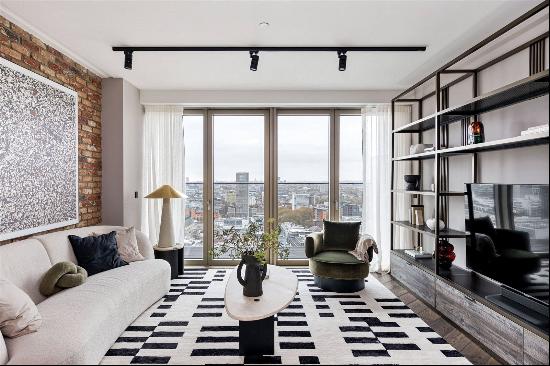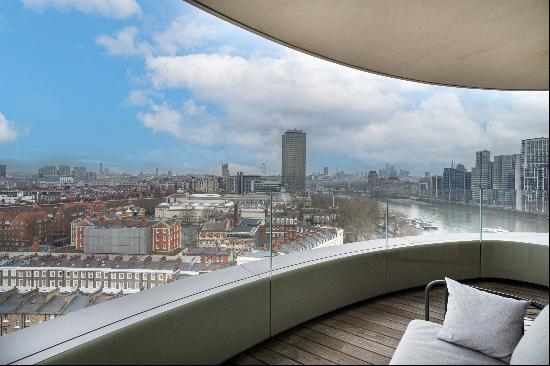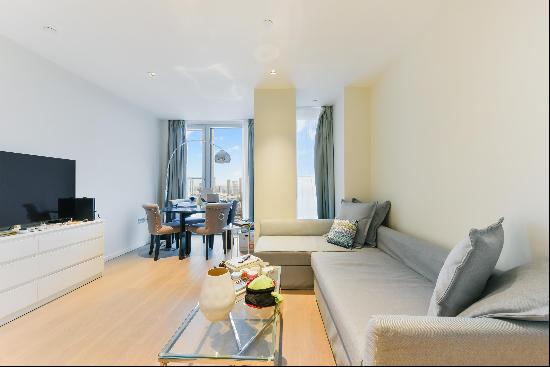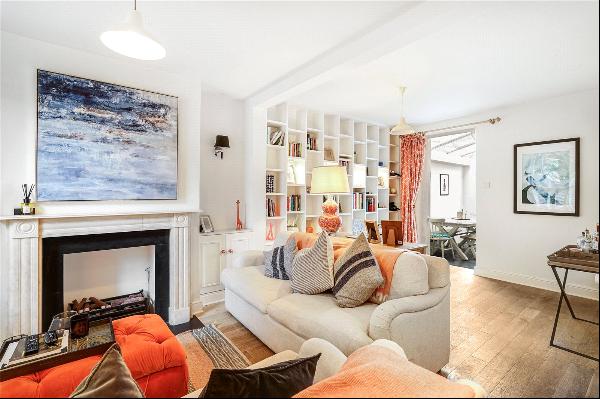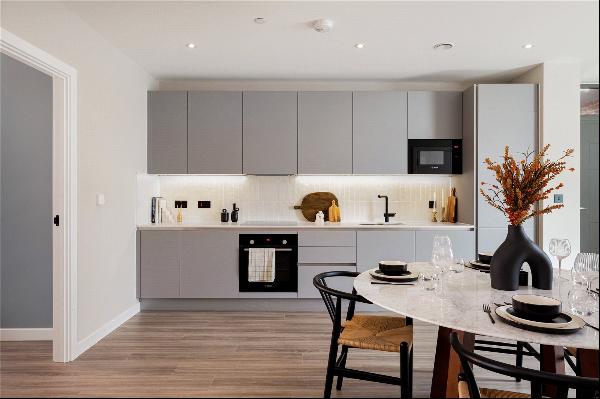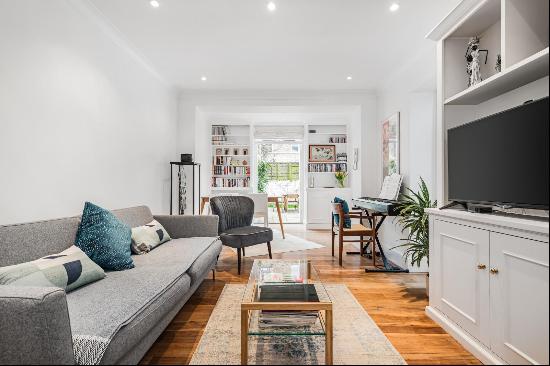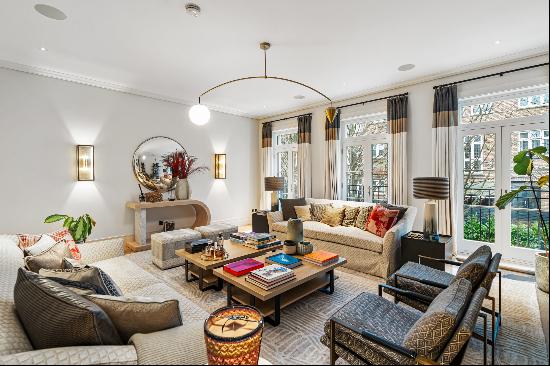
By Tara Craig
You want your home to feel like a temple, a place of retreat from your busy life. I find that natural materials are a great way to achieve this sense of calm. Using the example of this property in Kensington, London — which is in need of restoration and is on the market for £8.9mn — I want to emphasise the benefits of establishing an interior that helps to bring nature into the home.
The kitchen is a place where we nourish ourselves and I would use the first floor of this house to create an airy, light and open plan space that combines a kitchen and dining area. It would feature flexible wooden cabinetry by British craftsmen, a functional piece of marble, and, on the terrace outside, a wholesome herb and vegetable garden.
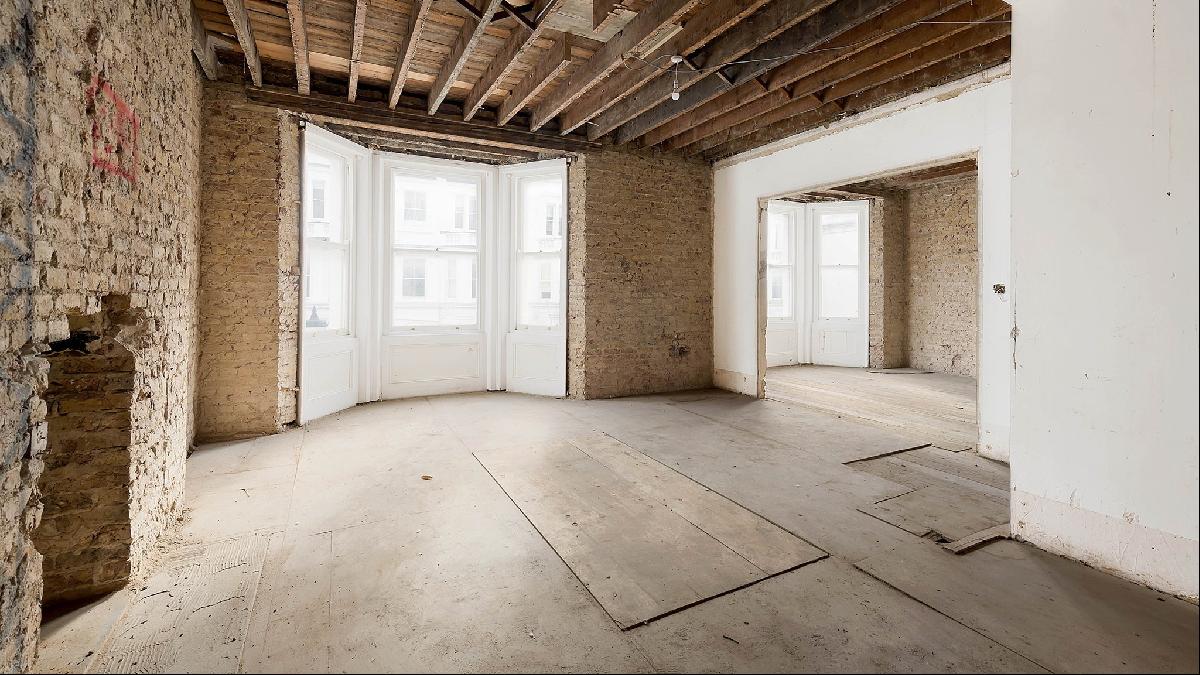
Choose materials carefully
Using natural materials is not only a question of aesthetics. Painting the walls in Cuisse de Nymphe Emue, a nuanced pink by Edward Bulmer, will really pull the new kitchen-diner space together. Edward Bulmer offers both in-home and virtual consultations and has a well-curated collection of colours. All of these also use either natural earth or mineral pigments and plastic-free binders, which is good for the environment and means the paints are almost completely odourless.
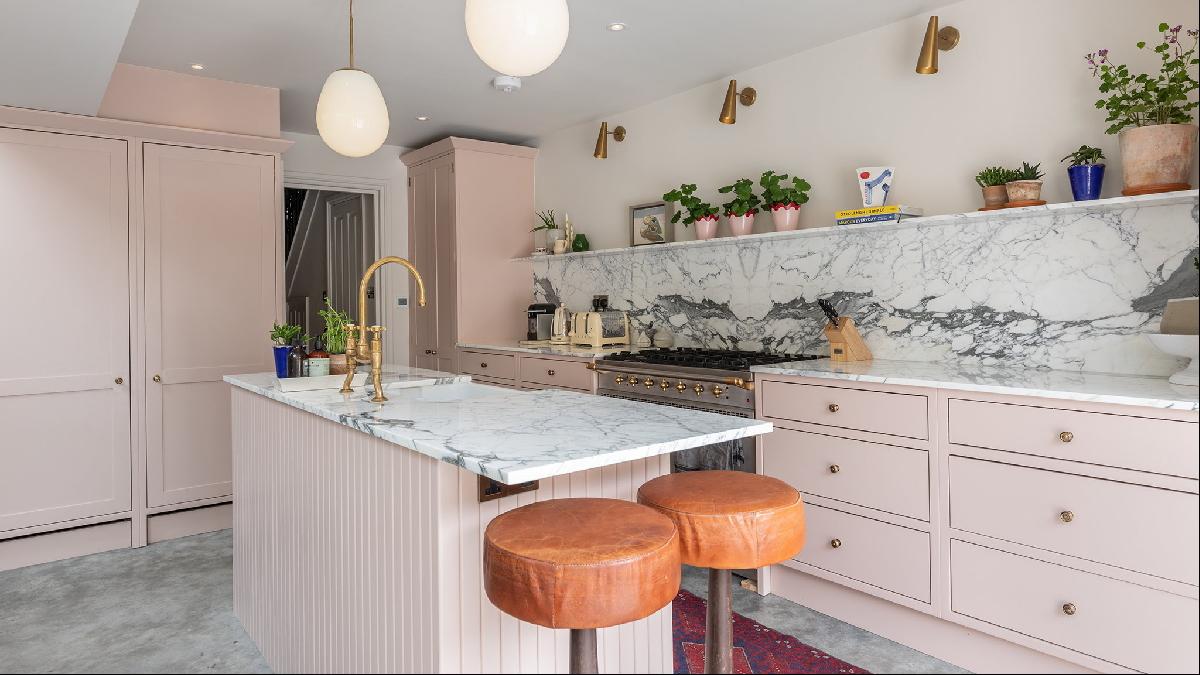
Install practical surfaces
I enjoy the coolness of touch that marble has, it is a welcoming, tactile surface that is both naturally beautiful and practical. Choosing the piece with the right veins to complement your interior can be fun as each cut of marble varies immensely, almost like deciding on an abstract work of art. A stonemason such as James Elliott will help you find a piece of marble that has the right colour and porosity for your kitchen, as well as allow you to source rarer and more interesting types of marble that will breathe character into your space.

Think outside (the metal) box
Aesthetically, I lean towards carpentry exemplified by Plain English’s Georgian cupboards. They make a kitchen feel more homely when mixed with pieces that are less fitted, such as a pantry dresser made by Jamb, an antique butcher’s block or even a wooden fridge. For the latter, the Vintage Fridge Company, which started life as a restorer and — having installed its fridges (pictured below) in Soho House members clubs across the world — now makes bespoke wooden fridges out of a variety of timber including FSC British woods such as walnut, poplar and beech. Each fridge has shelves made of elegant wooden slats and glass-fronted options are available for displaying those wonderfully fresh ingredients.

Get in touch with nature
The spacious terrace that leads out from the kitchen in the property above is a home cook’s dream. The best advice on growing herbs comes from the doyenne of organic culinary and medicinal herbs, Jekka McVicar. She runs private tours of her herb farm near Bristol, where you can learn to grow your own produce — a great way to connect with ingredients and the seasons.
Slowing down and reconnecting with nature can be done in smaller ways too. The Whittlings makes utensils and bowls (pictured below) carved by hand from wind-fallen unseasoned hardwoods in Wales, which are both practical and aesthetically pleasing. The craftspeople there put passion and purpose into every piece and their products are a joy to use.

Show off your cookware
I like to have produce and cookware on show as it gives the kitchen a homely feel and really establishes the space as a place to cook wholesome and organic ingredients. Glass jars full of dried foods free up cupboard space and cast-iron pans, such as these from Skeppshult (pictured below), or Ancient Cookware’s clayware pots, have a beautiful aesthetic.
Opting for cast-iron pans is also a great way to explore traditional cooking techniques, such as seasoning the pan with grapeseed or avocado oil, rather than relying on synthetic, non-stick coatings.

Photography: Natalie Dinham; Alex Winship Photography/Strutt & Parker; Jerome Scott-Blount; Chris Terry





